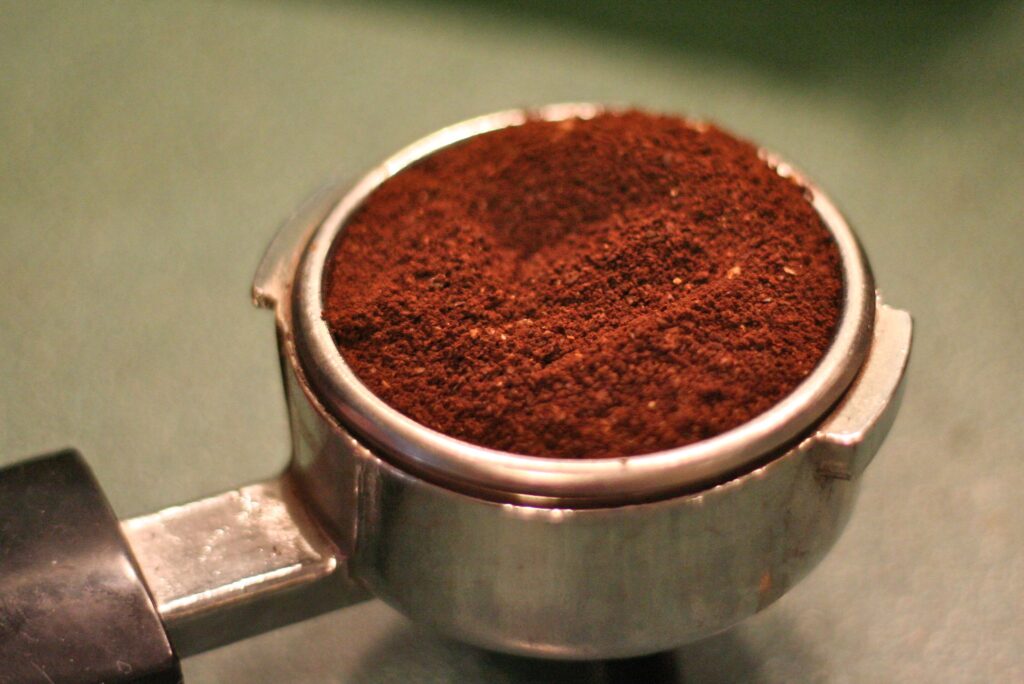
The world drinks a lot of coffee. Americans alone consume 400 million cups a day. Each cup of coffee results in about half an ounce of coffee grounds. Adding that up, this country produces over 6,000 tons of coffee grounds each day. While coffee grounds are not particularly harmful, that is an awful lot of waste that mostly ends up in landfills or is incinerated.
Researchers at Aston University in the UK have developed a method of producing high-quality biodiesel fuel from coffee grounds. Their study was published in the journal Renewable and Sustainable Energy Reviews.
The technique consists of growing a particular species of microalgae (Chlorella vulgaris) directly on spent coffee grounds. The coffee grounds provide both the nutrients for the microalgae and a structure upon which it can grow. Exposing the algae to light for 20 hours a day and dark for just four hours a day produced the best quality biodiesel.
Microalgae is well-known as a feedstock for biodiesel production. Previously, it has been grown on materials like polyurethane foam or nylon which don’t provide any nutrients. Using the coffee grounds as the substrate for growth means that no external nutrients are needed.
The resultant enhanced biodiesel produces minimal emissions and good engine performance and meets both US and European specifications. This feedstock for producing biodiesel is ideal since it doesn’t require any competition with food crops and instead makes use of a widely available waste product. The hope is that it may reduce the cutting down of palm trees to extract oil for biofuel. In southeast Asia, this has been a major source of deforestation and increased greenhouse gas emissions.
**********
Web Links
Photo, posted October 13, 2007, courtesy of David Joyce via Flickr.
Earth Wise is a production of WAMC Northeast Public Radio
Leave a Reply